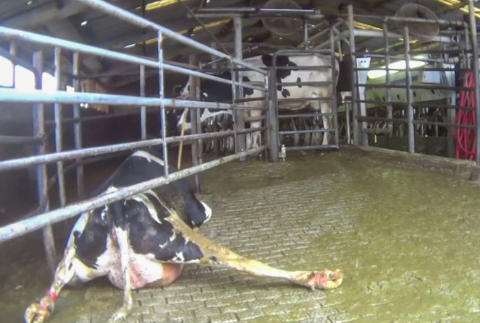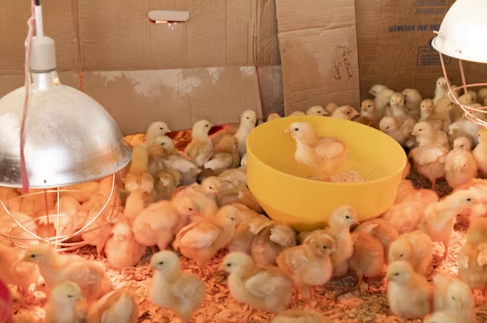Going vegan is easier than ever thanks to the variety of plant-based food options now available. As more and more people make the switch, companies are responding by creating tasty and nutritious alternatives for animal products such as milk, cheese, and meat.

Even though grocery stores are increasingly accommodating vegans, one can’t be too careful; non-vegan ingredients are hidden in all sorts of surprising food items. So, before heading to the store to fill up the refrigerator and pantry, read ahead to see what to look out for.
1. Gelatin
Possibly the most well-known on this list, gelatin is made by grinding up the bones, muscles, and connective tissues of cows and pigs, but also chickens, fish, and even insects.1 It can be found in chewing gum, gummy candy, Jell-O, marshmallows, and even soups and sauces. Beyond the food industry, gelatin may be used in pill coatings, as well as cosmetics like shampoo and lotion.
2. Shortening
Although some shortening is made from hydrogenated vegetable oil, it can’t hurt to take a second look at the ingredients label of your favorite pastries—bakers may use lard, which is obtained by rendering pork to separate the fat from the meat.2 Animal shortening is often used in pie crusts, flaky pastries, as a cooking oil, or even as a substitute for butter.
3. Carmine
It’s time to cast a critical eye at the captivating hues of red present in strawberry and other red-colored drinks and foods.3 Manufacturers make carmine by grinding female cochineal insects. Carmine, also known as cochineal extract, is best known for its presence in lipstick and eyeshadow.
4. Whey
Protein powders are all the rage nowadays. A common ingredient is whey, the watery leftovers that separate from curds when making cheese from cow’s milk.4 Luckily, there are ample vegan options for protein powder, including those derived from pea, soy, and hemp. Whey may also be snuck into margarine, vegetarian meat alternatives, gum, baked items, chocolate, and a wide variety of snack foods.

4. Clarifying Agent
Clarifying agents are a class of primarily non-vegan substances that bind to contaminants in wine, beer, and juice, which then gives these liquids a clear complexion.5 Common examples include gelatin and casein, a protein prevalent in cow’s milk. Isinglass, made from fish bladder, may also be present. QI’UP XC and NO[OX], both derived from the plant polysaccharide chitin, are now beginning to be used instead.
5. Lecithin
While many products use lecithin made from soy as an emulsifier, regular lecithin comes from animal fat or egg yolk6. Lecithin is used in a wide range of products, including bakery items, candy, chocolate, peanut butter, salad dressing, and citrus-based drinks. So, when shopping for these items, take extra care that the lecithin is derived from soy.

6. Mono-, Di-, and Triglycerides and Fatty Acids
Lastly, many forms of fats and fatty acids may either come from plants—like palm—or animal fats. As such, take extra caution upon encountering the large class of fatty acids present in food; often ending in “acid,” they may or may not be vegan. For example, oleic acid in food often comes from the usage of olive oil in its preparation, but this fatty acid is also commonly isolated from animal fat.7
Even though the diversity of animal products hidden in food may be daunting, shopping for foods with vegan certification offers a stress-free start.
Now, you can feel even better each time you shop, knowing that your food choices aren’t supporting the animal agriculture industry.
References
1. What is Gelatin Made of? Is Gelatin Vegetarian?
2. What is Lard and How Do You Use It?
3. What is Carmine – And Why is it So Controversial?
4. The Incredible World of Whey
5. Replacing Allergenic and Animal-Based Fining Agents
6. ‘Why is Lecithin in my Food?’ An Overview of Emulsifiers

